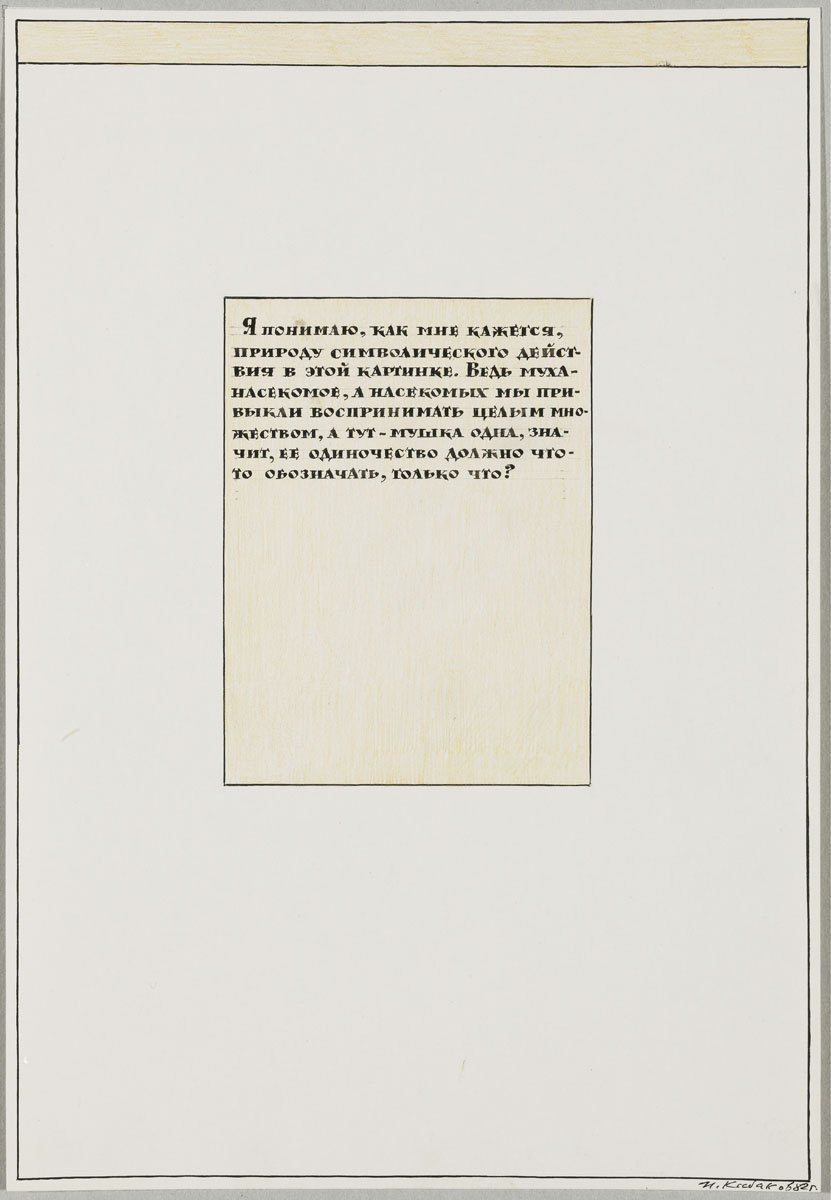
The Fly
Prints and Drawings
| Artist | |
|---|---|
| Culture | Czech |
| Date | between 1410 and 1415 |
| Object type | drawing |
| Medium, technique | brush, black ink, black, red chalk, grey wash on paper |
| Dimensions | 214 × 140 mm |
| Inventory number | 1 |
| Collection | Prints and Drawings |
| On view | This artwork is not on display |
Drawn in the stylized, decorative manner of the international late Gothic that prevailed throughout Europe around 1400, the sheet represents Saint Margaret, who suffered martyrdom in 303 AD, in Antioch. Her attributes—the cross, the dragon and the crown—refer to her legend, which became well-known as an episode in the Legenda Aurea, which was compiled by Jacobus de Voragine in the thirteenth century, and survived in several manuscripts. Of royal origin, Margaret was tortured and imprisoned for her Christian faith. With the help of the cross she drove away Satan, who appeared in her dungeon in the form of a dragon. Since she adhered to her faith, and refused to sacrifice for the pagan gods, she was beheaded, and thus received the crown of martyrdom.
Depicted in frontal view, the graceful figure of Saint Margaret is softly outlined. The richly undulating folds of her cloak, the soft red colouring of her face and hands, and the calligraphic lines of her tresses peeking out from beneath the large, ornate crown lend intense decorativity to the work radiating harmony in every detail. The raised right hip and the right hand, which holds the cross, are counterbalanced by the left hand on the other side, holding the cloak at a distance from the body and pointing downwards. The composition is lower blocked with the decorative and at the same time symmetrical figure of the dragon, which raises both its head and tail. The S-shaped posture and the parallel, rich statuesque folds of the drapery recall the so-called Beautiful Madonna sculptures which were popular around 1400.
Characteristically, the international Gothic style was dominated by common stylistic elements from France through the Rhineland and Austria to Central Europe, rather than by local, national or individual ones. Therefore it is rather difficult to define the exact place of execution of this representation of Saint Margaret. Several scholars have regarded it a Cologne work, while others supposed an Austrian or Bohemian authorship or ascribed it to an Augsburg master working under Bohemian influence. The dating of the work to the early fifteenth century, however, has not been contested. Recent research again surmised a Bohemian origin, especially because of the similarity– formerly already emphasized by several art historians–with the sheets of the Viennese Model Book (Kunsthistorisches Museum, Vienna), which was for a time considered to be of Austrian origin, but is now regarded a Bohemian work. This supposition concerning the localisation of the drawing can be endorsed by further analogies related to Prague. Because of its fine execution, good condition, and unusually large format in surviving contemporary production the work can be regarded as exceptional. It was executed by a Bohemian, or Bohemian-trained artist in the second decade of the fifteenth century, as a model sheet or perhaps as a study for a sculpture.
Szilvia Bodnár
This record is subject to revision due to ongoing research.